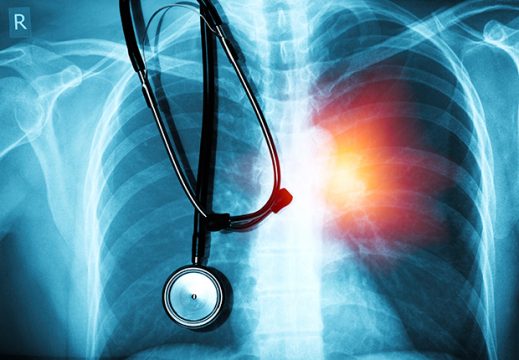Pulmonary hypertension is associated with higher mortality after both aortic valve replacement and transcatheter aortic valve replacement (TAVR).

This is a dynamic phenomenon, and what happens after TAVR —during the periprocedure— and its impact are yet to be evaluated.
Researchers conducted a subanalysis of the Japanese OCEAN TAVI Registry, which included 1872 patients who were divided into two groups before TAVR, based on their pulmonary artery systolic pressure (PASP) with 36 mmHg as the cutoff value. This resulted in a group of 1307 patients (68.9%) with normal PASP, and another of 565 patients (30.2%) with PASP >36 mmHg.
A Doppler echocardiography was performed after discharge. The PASP <36 mmHg group was divided in two arms: 1027 patients who had no pulmonary hypertension (no PH: 78.6%), and 280 patients who had new-onset PASP >36 mmHg (new-onset PH: 21.4%).
Read also: Spontaneous Coronary Artery Dissection: Treatment and Prognosis.
Those with pre-TAVR PH were also divided into two groups: 257 patients (45.5%) with stable PASP (normalized PH), and 308 patients (54.5%) with residual pulmonary hypertension (residual PH).
Most patients with elevated PASP were female (compared with those with average measurements). In addition, this group had a higher atrial fibrillation index, chronic obstructive lung disease, impaired kidney function, and New York Heart Association functional class III-IV. Furthermore, the Society of Thoracic Surgeons score was higher, ejection fraction was lower, and mitral and tricuspid moderate and severe regurgitations were more frequent.
After two years of follow-up, all-cause mortality rates were higher for those with an increase in PASP (19.3% vs. 12.6%; unadjusted hazard ratio [HR]: 1.65; 95% confidence interval [CI]: 1.27-2.16; p < 0.01), and so were the rates for cardiovascular death (7.4% vs. 4.5%; unadjusted HR: 1.70; 95% CI: 1.12-2.56; p < 0.01) and readmissions due to cardiac failure (16.8% vs. 8.6%; unadjusted HR: 2.16; 95% CI:1.61-2.89; p < 0.01). Those with baseline elevated PASP had higher mortality rates compared with patients with normal baseline PASP.
Read also: Early invasive Strategy for Non-ST Elevation ACS in Chronic Kidney Disease.
More mortality and readmission were observed in patients who, after TAVR, experienced no PH, new-onset PH, normalized PH, and residual PH (11% vs. 12.8% vs. 18.6% vs. 24.7%, p > 0.01; and 7.7% vs. 9.3% vs. 11.8% vs. 23.1%, p > 0.001, respectively).
Progress of normalized PH patients was similar to that of those with no PH. In turn, those with new-onset PH had higher mortality rates.
Predictors for post-TAVR residual PH were atrial fibrillation and moderate or severe tricuspid regurgitation, while prosthesis-patient mismatch was a predictor for new-onset PH.
Conclusion
Risk stratification based on post-TAVR pulmonary hypertension can identify patients with higher mortality risk after TAVR. Prosthesis-patient mismatch was determined as predictor for new-onset pulmonary hypertension.

Dr. Carlos Fava.
Member of the Editorial Board of SOLACI.org.
Original Title: Impact of Periprocedural Pulmonary Hypertension on Outcomes After Transcatheter Aortic Valve Replacement.
Reference: Junichi Miyamoto, et al J Am Coll Cardiol 2022;80:1601–1613.
Subscribe to our weekly newsletter
Get the latest scientific articles on interventional cardiology





